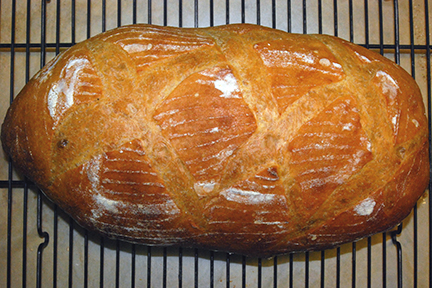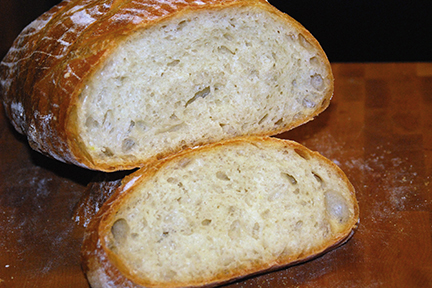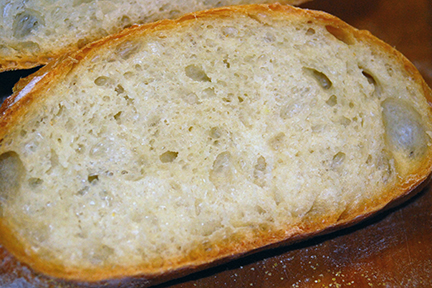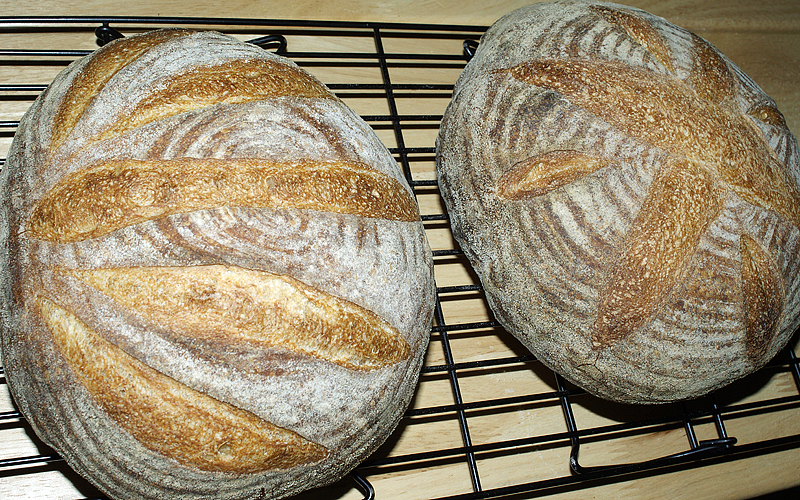Quick SD sandwich loaves
Well, I've been pressed for time lately, but can't bring myself to buy too much store bread. So I whipped up a couple of SD sandwich loaves. I used a half cup of starter for each loaf plus a 1/2 tsp rapid yeast. The dough had good rise in a couple hours. I then divided and put in pans. Nice rise in the pans, but it fell some putting them into the oven. I misted 3 times in the 1st 10 mins and Now I can make toast and sandwiches once again.
- Log in or register to post comments
- 4 comments
- View post
- Nomadcruiser53's Blog



